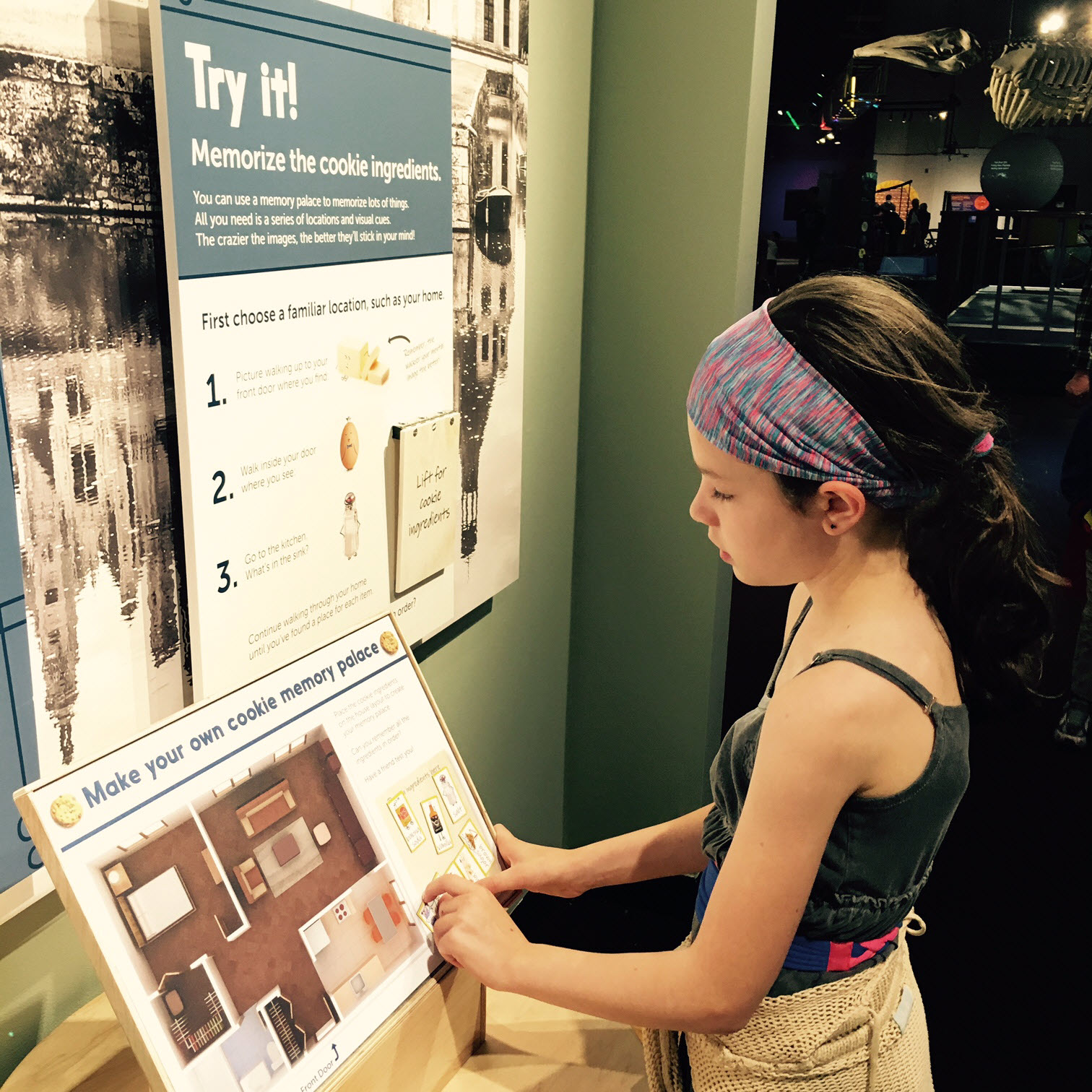
We tend to think of memories as facts, or files, to access, a middle ground between light and shadow located somewhere deep in our brains, sometimes eluding retrieval. When one becomes a parent, memory becomes something elevated to near holy status: We strive to “create” happy memories for our children, and we cringe at the thought of them collecting sad memories — indeed we might consider each bad memory a major #parentfail.
As we watch our children grow, we also unconsciously reach back repeatedly to our own memories of childhood ― every birthday party, Disneyland ride and Halloween costume triggers a possible trip into our pasts.
Where do we “go” when we remember the way the tree in our backyard shimmered on a special snowy day, or the way our grandmother’s almond cookies tasted? What will make our own child retain a negative memory — the one time she wandered off in the grocery store and grew terrified ― but forget many of the perfect moments we work so hard to create?
We know some things about where and how memory is stored. The creation of memories is the result of a biochemical reaction that takes place inside neurons. Short-term memory, known as working memory, for example, powers our pattern recognition and creativity and is localized to a few specific areas of the brain.
For long-term memory, frequent repetition of signals causes magnesium to be released, which opens the door for the attachment of calcium, which in turn makes the record “stable and permanent.” Even as memory begins to fade, a special chemical process regularly enhances the synapses between neurons and creates and enzyme protein that strengthens the signal inside the neuron.
Despite this knowledge, scientists are still in the dark about some of the workings behind the distribution, management and retrieval of memory. It is the mystery of this essential process, remembering, which makes it such a fascinating topic for exploration with kids of all ages.
A new exhibit at Pacific Science Center, Memory: Past Meets Present, aims to teach us some of what humans understand about mental mapping and about how we acquire, consolidate and retrieve our memories.
Installed in the center’s Portal to Current Research area, the exhibit focuses mostly on spatial memory — memories about where things are. Research, including work at the University of Washington, has shown that the brain has its own built-in GPS system, which helps us make mental maps of where we’ve been and create new maps as we move through the world. In order to find our way, the exhibit explains — via placards and displays — that we need to know where we are, what we’re looking for and where we’re going.
One fascinating technique that was used historically to remember long number sequences, series of facts and epic poems was the memory palace, which engaged spatial memory. Kids can learn about this through the displays and a magnetic game that assigns cookie ingredients to rooms in a house. Does this approach makes remembering the whole recipe easier?
In addition to textual information that explores the evolution of scientific understanding of memories ― from the first detailed drawings of the brain in the 1500s to the brand new Mouse Brain Connectivity Atlas created by Seattle's Allen Institute for Brain Science — the exhibit features models, a touch-table game about foraging for food in the forest and several other hands-on games. Once or more each day, a center educator hosts additional brain games, where kids and parents have the opportunity to go head-to-head testing their memory power. "It's brutal," jokes science interpretative educator Emma Saville.
Should you bring your kids?
Parents, take note: Much of the exhibit is geared toward an older elementary or middle-school child, and some of the concepts and all of the written material would be hard for a younger child to grasp and likely seem boring compared to the Butterfly House and other center offerings.
But for the interested or willing child, and for the parent or educator who wants some facts to help begin a conversation around memory and the brain’s mysteries, there are some good tools here. Consider visiting the exhibit and then continuing your investigation beyond by playing brain games, and by testing and building your kiddo’s spatial memory by, for instance, having her navigate you back home from somewhere in the city.
And make time to talk about memories. Experts have suggested that if parents want children to remember particular events, they should discuss them in as much detail as possible and help children see their significance ― that this can result in better coping skills and self-esteem for children later on. Talking over events with an adult gives “a meaning to memories that children may not have before,” says psychologist Judith Hudson of Rutgers University, who has studied how mother-child interactions influence memories.
While technology is helping us learn more than ever before about the brain, it is that simplest of human acts, storytelling, which might shape our memories most of all.




